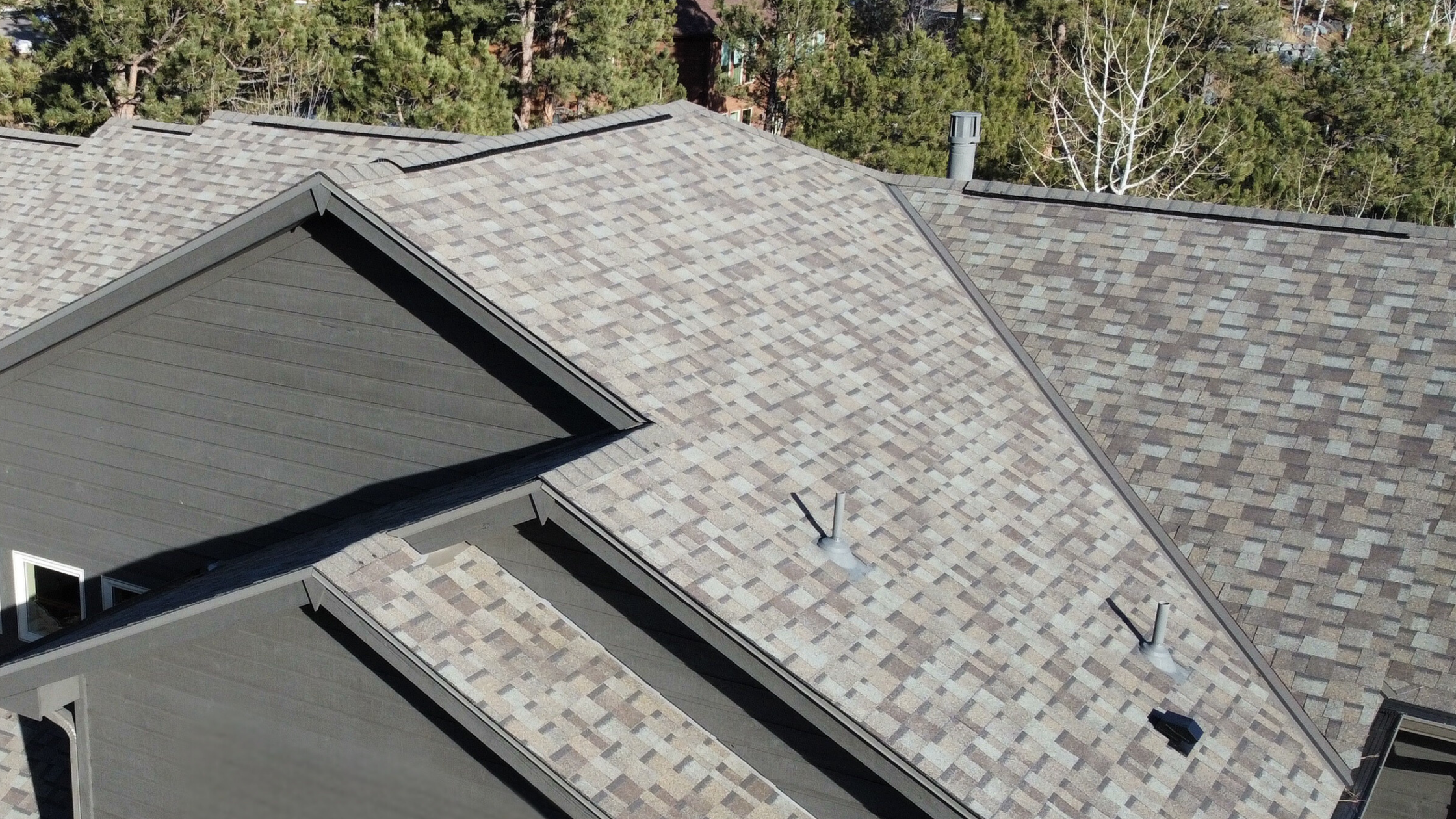As a homeowner in Denver, Colorado, you know how unpredictable the weather can be. From intense summer heat to heavy winter snowfall, your roof takes a beating year-round. While most people focus on their shingles, flashing, or gutters when it comes to roof care, there’s one crucial element often overlooked—attic ventilation. Proper attic ventilation not only helps regulate your home’s temperature but also plays a key role in extending the life of your roof.
In this blog, we’ll explore how attic ventilation can protect your roof, save you money on repairs, and improve the overall comfort of your home. Let’s dive into why this simple system is so vital, especially in Denver’s unique climate.
1. What is Attic Ventilation?
Attic ventilation refers to a system of vents that allow fresh air to enter and circulate through your attic space while pushing out hot, stale air. Common ventilation systems include ridge vents, soffit vents, gable vents, and roof turbines. These vents work together to keep the temperature and moisture levels in your attic in check, reducing the strain on your roof.
2. Why is Attic Ventilation Important for Roof Longevity?
Without proper ventilation, your attic can become a trap for heat and moisture—two elements that can drastically shorten the lifespan of your roof. Here’s how proper attic ventilation extends the life of your roof :
Prevents Heat Buildup
In the summer months, the intense sun can cause your attic to overheat. Without proper ventilation, heat gets trapped in the attic, raising the roof’s temperature. This can cause roofing materials, especially asphalt shingles, to deteriorate prematurely by making them more prone to cracking and warping. Proper attic ventilation allows hot air to escape, keeping your roof cooler and prolonging its lifespan.
Reduces Moisture Buildup
During cold winters, moisture can become a hidden enemy. Without ventilation, warm, moist air from your home rises into the attic, where it condenses on the cold underside of the roof deck. Over time, this moisture can lead to mold growth, wood rot, and damage to insulation and roofing materials. Effective attic ventilation helps expel moist air, preventing condensation buildup and protecting your roof structure.
Protects Against Ice Dams
Denver homeowners are no strangers to snow and ice buildup during the winter months. Improper attic ventilation can contribute to the formation of ice dams—those ridges of ice that form along the edges of your roof. Ice dams occur when warm air from the attic causes snow on the roof to melt and refreeze at the eaves, leading to water backing up under shingles. This can result in leaks and costly roof damage. By maintaining a balanced attic temperature, ventilation helps prevent ice dams from forming.
3. Energy Efficiency and Comfort
Proper attic ventilation doesn’t just benefit your roof—it also improves the energy efficiency and comfort of your home. In the summer, ventilating your attic prevents heat from building up, which can make your home feel hotter and force your air conditioning to work harder. In the winter, attic ventilation helps keep your attic cooler, which reduces the risk of uneven heating and excessive energy use.
By keeping your attic and roof at more stable temperatures, ventilation can lower your energy bills and reduce the strain on your HVAC system, making your home more comfortable year-round.
4. Signs of Poor Attic Ventilation
Wondering if your attic ventilation system is doing its job? Here are some signs of poor attic ventilation that homeowners should watch for:
- Hot Attic in the Summer: If your attic feels excessively hot, it could be a sign of insufficient ventilation.
- Ice Dams in Winter: Ice forming at the roof’s edge may indicate poor ventilation, leading to uneven roof temperatures.
- Musty Odor or Mold Growth: Moisture buildup in your attic can cause mold or mildew, resulting in a musty smell.
- Peeling Paint or Warped Shingles: High heat or trapped moisture can cause visible damage to your roof and home’s exterior.
If you notice any of these issues, it’s time to assess your attic’s ventilation and take action to protect your roof.
5. How to Improve Your Attic Ventilation
Improving attic ventilation is a relatively simple process but requires professional expertise to ensure your system is balanced and functioning properly. Here’s how you can enhance your attic ventilation:
- Install or Upgrade Soffit Vents: Soffit vents are located under the eaves of your roof and allow cool air to enter the attic.
- Add Ridge Vents: Ridge vents run along the peak of your roof and help hot air escape.
- Consider Roof Turbines or Gable Vents: These are additional options for improving airflow in your attic.
- Inspect Existing Ventilation: Ensure your current vents are unobstructed by insulation, debris, or other materials.
At Levello Construction, we specialize in assessing and improving attic ventilation systems to extend the life of your roof. Our team of experts can help determine the best ventilation solution for your home.
Attic ventilation is one of the most effective ways to protect your roof from Denver’s unpredictable weather. Whether it’s the blazing summer sun or the icy chill of winter, proper ventilation keeps your roof in better condition, saving you from costly repairs and replacements down the road.
Don’t wait until roofing issues become a problem. Contact Levello Construction today to schedule a professional inspection of your attic ventilation system. Our team will ensure your roof is well-ventilated, energy-efficient, and ready to withstand weather year-round.


